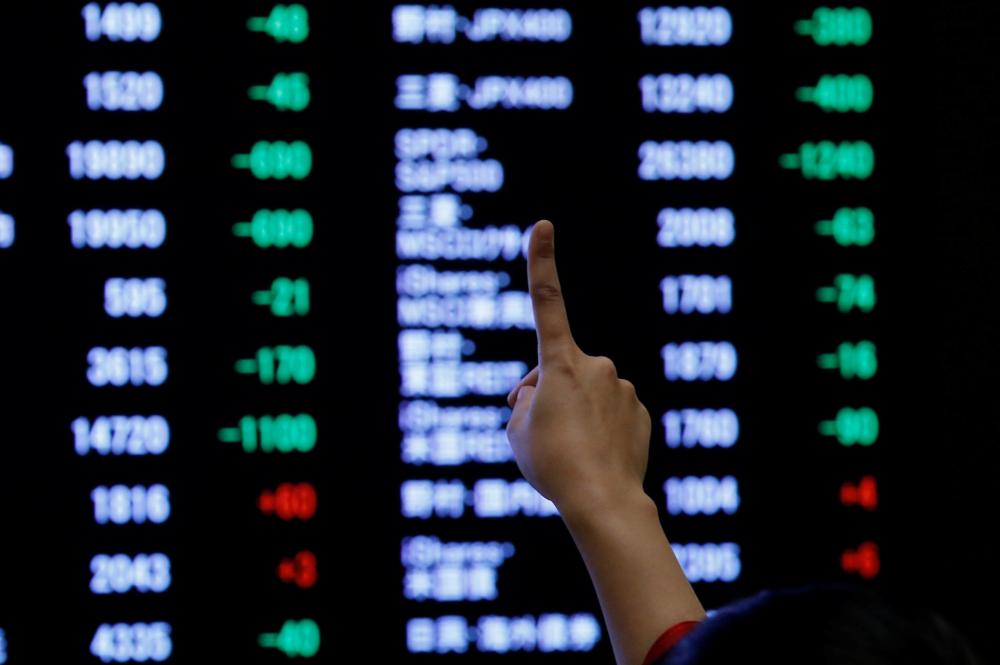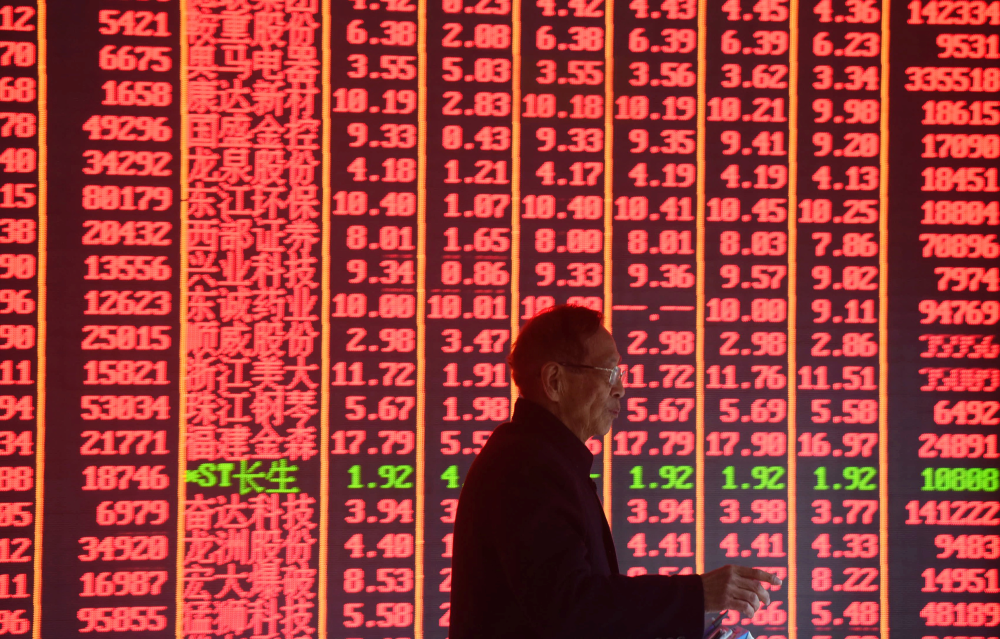


The Brookings Papers on Economic Activity (BPEA) is an academic journal published twice a year by the Economic Studies program at Brookings. Each edition of the journal includes five or six new papers on macroeconomic topics currently impacting public policy.
Below you’ll find six new papers submitted to the Spring 2019 journal and presented at Brookings on March 7-8, 2019. The papers include a look at the economics of a carbon tax for the United States, the true GDP growth rate of China, how and why high federal debt affects the response to a financial crisis, a new way of measuring the natural rate of unemployment, and more.
Order the published version of the journal here. Sign up here to learn more about subscribing to the journal to read the final papers. Visit the BPEA search page or the best of BPEA to browse research presented at past conferences from 1970 to present.
Lukasz Rachel of the LSE and the Bank of England and Harvard economist Lawrence Summers examine the role of fiscal policies in influencing neutral real interest rates in advanced economies, finding that neutral real interest rates would have declined by far more than what has been observed in the industrial world and would in all likelihood be significantly negative but for offsetting fiscal policies over the last generation. Their findings support the idea that mature industrial economies are prone to secular stagnation, underscoring the urgent need for governments to find new sustainable ways of promoting investment and long-term strategies to rekindle private demand.
China’s self-reported evergreen economic growth rate has raised skepticism in the past. Now new research from a team of economists investigating China’s GDP accounting framework and the data the national account is built on has found that the true growth rate of Chinese GDP has been overstated by almost 2 percentage points annually from 2008 to 2016. Incentives at the local level to report growth have skewed statistics and officials at the national level have failed to rectify this over-reporting.

Lukasz Rachel, Lawrence H. Summers
March 7, 2019
China’s self-reported evergreen economic growth rate has raised skepticism in the past. Now new research from a team of economists investigating China’s GDP accounting framework and the data the national account is built on has found that the true growth rate of Chinese GDP has been overstated by almost 2 percentage points annually from 2008 to 2016. Incentives at the local level to report growth have skewed statistics and officials at the national level have failed to rectify this over-reporting.

Wei Chen, Xilu Chen, Chang-Tai Hsieh, Zheng (Michael) Song
March 7, 2019
The ever-rising accumulation of greenhouse gases in the Earth’s atmosphere—the most prominent of which is carbon dioxide—is costing the US. The damage from a one-degree Celsius increase in temperature is estimated to equal about 1.2 percent of GDP. Gilbert Metcalf argues that a carbon tax would help reduce US emissions and offers examples from the British Columbian carbon tax to show that a well-designed carbon tax can actually boost jobs and GDP, while reducing carbon emissions.

Gilbert E. Metcalf
March 7, 2019
In 1973, economist Arthur Okun asked whether a “high-pressure economy” could contribute to the upward mobility of U.S. workers. Over forty years later, Brookings’ Stephanie Aaronson and the Federal Reserve’s Mary Daly, William Wascher, and David Wilcox revisit his central question to ask who the U.S. economy is benefiting today. In particular, how is it benefitting less advantaged and marginalized groups, such as African-Americans, Hispanics, and women?

Stephanie Aaronson, Mary C. Daly, William Wascher, David W. Wilcox
March 7, 2019
In a new paper, Christina and David Romer of the University of California, Berkeley look at why a country’s response to a fiscal crisis depends on its debt-to-GDP ratio, finding the relationship is mostly driven by the choices of domestic and international policymakers, as opposed to sovereign market access. Based on data from 30 OECD countries since 1980, their research finds that the debt ratio does not matter simply because of its impact on current market access or because it is a proxy for market access, but also because of its impact on policymaker choices. Countries with lower debt-to-GDP ratios responded to financial distress with much more expansionary fiscal policy than countries that face a crisis with higher debt.

Christina D. Romer, David H. Romer
March 7, 2019
The unemployment rate in the United States peaked at 10% in October 2009. Since then, it has declined gradually, reaching below 4% for the first time in almost twenty years— igniting a debate about how sustainable these low levels are and how monetary policy should respond. Much of this debate centers around determining the natural rate of unemployment, u*t, or the unemployment rate at which inflation is stable. Bridging two popular measurement approaches, new research by Richard K. Crump, Stefano Eusepi, Marc Giannoni, and Aysegul Sahin found that the natural rate of unemployment in the United States stood at 4.1% as of the third quarter of 2018.

Richard K. Crump, Stefano Eusepi, Marc Giannoni, Ayşegül Şahin
March 7, 2019